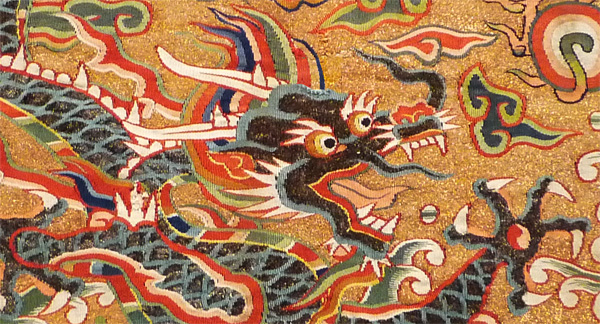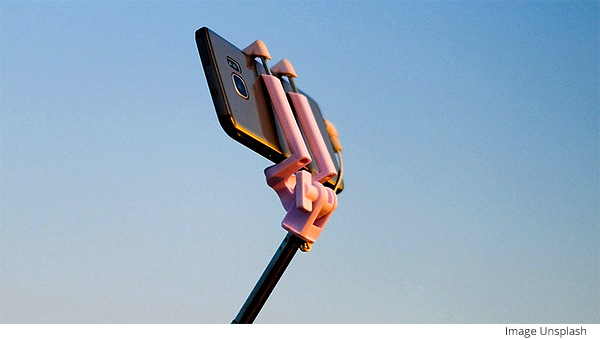READING
Text 1
Read the Wikipedia article about dragons and choose the correct answer for each item, according to the article.

The origin of the dragon myth
Dragons appear in almost all cultures, in one form or another. Scientists have proposed a number of theories as to where the idea of dragons originated. One theory is that humans have inherited an instinctive reaction to snakes, large cats and birds of prey. Studies show that 39% of people are afraid of snakes. Children, even those living in areas where snakes are rare, are particularly likely to fear them. The earliest images of dragons resemble snakes, or they have some of the characteristics of snakes. In western culture they often have long, snake-like tails, wings and four legs, and can breathe fire. In Asian cultures dragons are usually depicted as having four legs and long bodies like a snake. Storm gods killing giant snakes appear in all Indo-European and ancient Near Eastern mythologies.
Some authors conclude that the reason that dragons exist in almost all cultures reflects the innate fear that humans have of snakes and other dangerous animals that preyed on humans’ primate ancestors. Just as monkeys have been shown to be instinctively afraid of snakes and large cats, scientists believe a fear of predators, such as snakes, pythons or elephants, was an evolutionary precaution embedded in the minds of early hominids. Dragons are said to live in dark caves, inaccessible mountain regions, deep pools, the bottom of the sea or in remote forests. All of these places would have offered many dangers to our early ancestors.
Another theory has it that stories about dragons could have been inspired by real animals. For example, it is possible that ancient peoples occasionally came across dinosaur fossils without knowing what they were. A Chinese text of the 4th century B.C. mentions the discovery of “dragon bones”, which experts today believe must have been dinosaur fossils. “Dragon bones” have been used in traditional Chinese medicine since the Han Dynasty (206 BC–220 AD) to cure insomnia, irritability and palpitations. Another source of inspiration could have been the Nile crocodile, a native of Sub-Saharan Africa. With its long tail, short legs and powerful jaw filled with teeth, it does resemble some depictions of dragons. In ancient times the Nile crocodile was found as far as the Mediterranean coast, and across the Red Sea in Palestine and Syria. Although it is a freshwater animal, the Nile crocodile occasionally enters the sea and may have managed to reach the northern shores of the Mediterranean. Similarly, in other parts of the world dragon images could have been based on exaggerations of other reptiles such as Gila monsters, iguanas, goannas or Komodo dragons.
Text 2
Read the news story and choose the correct answer for each item.

Extreme selfie
Russian-born Angela Nikolau has literally taken the art of selfies to the next level by climbing skyscrapers and bridges and posing for life-endangering photos all over Moscow, Hong Kong and China.
Despite her youth, the 23-year old daughter of a Moscow circus artist has managed to amass more than 500,000 followers on Instagram with her risky selfies. Aside from many of the tallest buildings in Moscow, Nikolau has climbed the Sagrada Familia in Barcelona, the Shanghai Tower and the Eiffel Tower in Paris. Her dangerous and sometimes illegal exploits, known as “roofing”, are sponsored by travel firms, camera companies and fashion brands.
Equipped with a selfie stick, drones or body cameras Angela Nikolau captures photos and videos of herself smiling calmly at the camera, with the ground hundreds of metres below her. Other photos show her on top of skyscrapers doing a yoga pose or a pirouette on a narrow ledge, or sitting with her feet hanging over the edge. For people who are scared of heights, the photos can be difficult to look at, although in artistic terms they often have a fascinating beauty.
Even though she sometimes does a climb just to admire the view or see a sunset, Angela normally has a camera with her. “Filming myself is part of the process,” she explained. “There would be no point in what I do if I didn’t film myself. Every artist needs an audience.”
In one of her more spectacular adventures Angela and her boyfriend climbed an enormous crane in a building site in Tianjin, China, where at the time the second tallest building in China was under construction. The China 117 Tower is 597 metres tall with 117 floors.
“Yes it was illegal, we didn’t have permission to do this climb,” admitted Nikolau. They had to be careful to avoid getting caught by security, starting the climb in the dark and reaching the top of the crane as the sun came up. The video they made of the climb went viral. The pair won’t let on what their next stunt will be, but they did mention that they would like to visit Japan, Malaysia and maybe Canada.
Angela and her boyfriend insist they don’t take unnecessary risks. “We only do a climb if we feel fully confident that we can do it,” she explained. By contrast, the craze for ever more extreme selfies to post on social media is making people take unacceptable risks. Selfies gone wrong have resulted in 259 deaths to date, with drownings, animal attacks and falling from high places being the most common causes.
Text 3
Read the messages and comments from a social media network and choose the correct answer by matching the people to the statements.
|
corinnamendez |
| 16 |
Anthony_G
LOL! I know exactly what you mean, but there is no point. Nothing you say will ever convince them.
3
Daebuyo
That’s a bit defeatist, Anthony_G, but you do need to have some facts. Like the consensus is huge: 97% of published climate scientists agree, there are studies about that. They say that the surface temperature has risen by 0.9° since the 19th century. The hottest years ever recorded have taken place since 2010, arctic sea ice is disappearing at the rate of 12% every decade and sea levels have risen by 20 cm in the last century. There is a 95-100% probability that human activity has caused these changes.
1
mima333
I’m not sure that quoting numbers and statistics will have an effect. You could try a different angle to show the contradiction: Do you accept gravity, the lunar cycle, maths or the nervous system? If yes, why would you question climate change science?
corinnamendez
Yes, exactly mima333! Or imagine 10 doctors tell you that you have cancer. What would you do? Accept treatment or keep looking for a doctor who will tell you not to worry, it was just a conspiracy to sell you chemotherapy?
LISTENING
There are three parts to this section of the test. In each section, read the questions then listen or watch and choose your answers.
Text 1
You are going to listen to part of a radio programme about houses made from plastic. Listen to the audio and decide whether the following statements are true or false. (In the official test you only hear the recording twice.)
Text 2
You are going to watch and listen to part of an interview with a candidate applying to enter law school. Watch the video and choose the best option for each item. (In the official test you only hear the recording twice.)
(Original video source: Example Cambridge Law Admissions Interview
https://www.youtube.com/watch?v=npEcenV-Y08)
Text 3
You are going to listen to a sports podcast about a swimmer. Listen to the audio and decide whether the following statements are true or false. (In the official test you only hear the recording twice.)